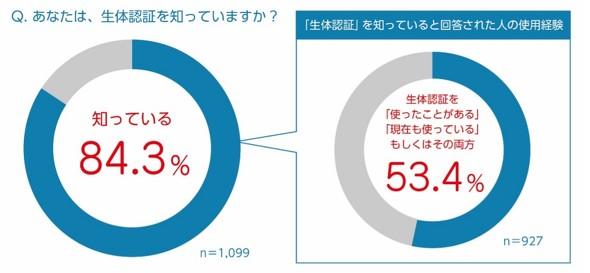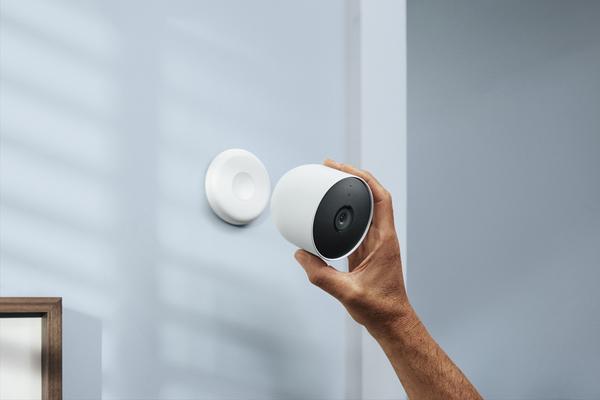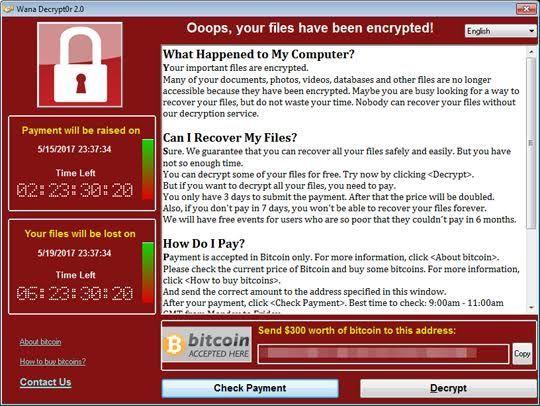Internet survey service "NTT Com Research" (former: goo research) operated by NTT Com Online Marketing Solutions announced the results of a survey on the "Hikari Collaboration Model" on June 9th. The subjects were men and women aged 18 and over among the registered monitors, and the number of valid responses was 2,188. The survey period is May 14th.
According to this survey, only 5.8% of the respondents "know in detail" about the "Hikari Collaboration Model", and the recognition rate including "somewhat know" and "somewhat heard" was 58.6%. became. As for usage, 1.9% said they are using the service, 2.5% said they had already applied for it, and 70% said they had no intention of considering it or waited to see it.
The first collaboration operator chosen by users was "OCN Hikari", the second was "Docomo Hikari", and the third was "SoftBank Hikari". will be cheaper than now” was the most common response, with 75.9% taking the second place and lower. The most common reason for not considering it at the moment is "I am not dissatisfied with the current situation", but 52.7% answered that they would consider it if it was a "collaboration that would be beneficial to them."
Below is the text of the release.
Survey result data
(1) Light collaboration, the recognition rate including "I have heard of it" is less than 60%.
5.8% of the total "know in detail" about "Hikari Collaboration". The recognition rate was 58.6%, including "somewhat know" (27.4%) and "somewhat heard" (25.5%), resulting in about 60% of the total being aware. 【Figure 1】
Looking at the recognition rate by age group, although the difference is small, there are more young people who "know in detail", and the older the age group, the more people who "somehow know" and "have heard of it to some extent". tends to increase. 【Figure 2】
"Docomo Hikari" and "SoftBank Hikari", which have already started their services, are conducting extensive promotions using the mass media. It is thought that there are many people who are "to some extent." In terms of cognitive pathways, “TV commercials” accounted for 37.7% to support this. Rather than understanding the mechanism of Hikari collaboration, the current recognition can be replaced by recognizing brand names such as “Docomo Hikari” and “SoftBank Hikari”. [Fig.3]
[Figure 1] Hikari collaboration recognition rate
The Hikari Collaboration Model is an optical fiber service in which other companies rent the optical fiber service "FLET'S Hikari" provided by NTT East/NTT West and resell the original rates and services.
The reliability and speed of the optical fiber (Internet line) remains NTT's "FLET'S Hikari", and each business operator can provide it in combination with its own original service, and various business operators We are starting to offer fiber optic services.
[An example of a Hikari collaboration company]
docomo Hikari, SoftBank Hikari, OCN Hikari, So-net Hikari Collaboration, U-NEXT Hikari, excite Hikari, Big Lobe Hikari, IIJmio Hikari, TSUTAYA Hikari, hi-ho Hikari, Plala Hikari, etc. are increasing one after another.

(2) Less than 10% of Hikari collaboration users and prospective users combined. 70% of the immovable layer of "no intention to consider" and "wait-and-see".
At the time of the survey (May 14, 2015), 1.9% were using Hikari Collaboration, and 2.5% had already applied for it. 4.4%. In addition, even with 5.8% of prospective users who answered that they would like to consider using it within six months, the scale of use was less than 10% of the total.
At present, 43.8% said they were not going to consider it, and 30.7% said they would wait and see. [Figure 4]
[Fig. 4] Willingness to use Hikari CollaborationWhen comparing the usage status of Hikari Collaboration between NTT East and West Japan, the NTT East area is more likely to use it. Both the utilization rate and intention to use the service were slightly higher.
In this background, it is considered that the market price of optical fiber is greatly different between East Japan and West Japan. In eastern Japan, where the demand for optical fiber is slowing down, it is generally provided for 5,000 to 6,000 yen per month, but in western Japan, where demand is growing due to fierce competition with electric power companies, the mainstream price is around 4,000 yen per month. ing. Due to the difference in the environment surrounding the market, it seems that it is difficult to realize the cost merit of Hikari collaboration in the western Japan region. [Fig.5]
[Fig. 5] By NTT East/NTT West: Intent to use Hikari Collaboration(3) “OCN Hikari”, “docomo Hikari”, “SoftBank Hikari” is popular. Half of those who intend to use the service are considering “docomo Hikari”.
The operators selected by those who currently use Hikari Collaboration (applicants) are "OCN Hikari" at the top, followed by "Docomo Hikari" in second place and "SoftBank Hikari" in third place. . [Fig.6]
On the other hand, among the companies that people who want to use within half a year are considering, "Docomo Hikari" is the top, followed by "OCN Hikari" in second place and "SoftBank Hikari" in third place. became. [Fig.7]
At the moment, each collaboration company is "diverting (a mechanism that allows FLET'S Hikari users to switch to a collaboration company with a simple procedure)" for those who use "FLET'S Hikari" among their service users. OCN Hikari, an ISP provider with many FLET'S Hikari users, is likely to have succeeded in acquiring users efficiently.
[Fig. 6] Collaborative businesses used/applied for(4) Applied because they were attracted by the fact that "the Internet monthly fee will be cheaper", but they were harsh, saying, "It won't be so cheap."
When we asked those who use Hikari Collaboration and those who have completed the application why they use it, 75.9% of them answered, ``Because the monthly fee for the Internet will be cheaper than now.'' This result greatly outweighed the reasons such as “smartphones are discounted” among others.
As long as it is an optical fiber service, it is a major premise that there will be benefits for monthly Internet charges.
However, the current lineup of collaboration businesses is dominated by telecommunications carriers such as mobile carriers and ISPs, and they are appealing for the cost advantage of communication charges, so users have no choice but to make decisions based on price advantages. It can also be said. [Fig.8]
[Fig. 8] Reasons for using Hikari CollaborationOn the other hand, dissatisfaction with applying for Hikari Collaboration Regarding the points they felt and the points they felt uneasy about, 33.5% said that the procedure was troublesome, and 32.4% said that it would not be so cheap after all. It seems that there are also harsh evaluations, such as those who decided to use it because they felt it was attractive, but actually did not feel the cost advantage so much. [Fig.9]
In addition, among the items listed as points of dissatisfaction and anxiety, misunderstandings such as "the line is likely to become unstable" are included. It can be said that it is necessary to pay attention to explanations that are convincing to users and announcements that do not cause misunderstandings.
[Fig. 9] Points of dissatisfaction and concerns when considering the use of Hikari Collaboration(5) Half of them are “satisfied with the current situation” and have no intention of using it.
At the moment, the reason why we are not considering a Hikari collaboration, the first reason is that we are not dissatisfied with the current situation (53.7%). This was followed by "It doesn't seem to be so cheap" (23.0%) and "Because the procedure is troublesome" (20.9%). It seems that there are still few people who are not dissatisfied with the current situation and do not think there is much cost advantage, so there are still few people who think about overcoming the procedural barriers and using it.
However, there are also voices of expectations, such as, ``It's just started and I want to see how it goes,'' and ``If we wait, we'll have other good services.'' In order to increase the number of customers, it seems necessary to provide new added value in addition to cost benefits. [Fig. 10]
[Fig. 10] Reasons for not considering Hikari collaboration at the moment(6) If there is a collaboration, I would like to consider it.
At the moment, 90% of people are not dissatisfied with the current situation and do not intend to switch to Hikari Collaboration, but what about their future intentions? 52.7% of respondents answered that they would consider collaborating with a service that would be beneficial to them. 12.6% said they would not consider any kind of collaboration. [Fig. 11]
So, what kind of services are there to benefit from? When asked to write freely, most of the answers focused on "low price" and "low price and good quality". "Price" is an essential factor, but what are the other benefits for users, and what is the added value that makes them attractive? Among the comments picked up, there were voices that wanted to collaborate with "partnerships with point programs", "public charges such as electricity, gas, water", and "gasoline and transportation". I would like to pay attention to what kind of collaboration models with value-added services will appear in the future. [Fig. 12]
[Fig. 11] Possibility of Hikari Collaboration[Fig. 12] Benefits and attractive examples of collaboration (excerpts from optional free answers)





![Customized items for the new "Toyota Noah / Voxy" appear from Modellista [Tokyo Auto Salon 2022] [News]](https://website-google-hk.oss-cn-hongkong.aliyuncs.com/drawing/article_results_9/2022/3/28/2fb1fdedaad7536dd6271db30561f588_0.jpeg)
![[New Toyota Voxy (90 series)] Amplifies the characteristics of the aero body! A design that further enhances the power of the front mask! #Works direct custom deep layer 001](https://website-google-hk.oss-cn-hongkong.aliyuncs.com/drawing/article_results_9/2022/3/25/01568e2fbf021c0eaf7d013507c850a4_0.jpeg)

![[Toyota Noah / Voxy new model] Modellista releases various customized parts ... Actual vehicle exhibited at Tokyo Auto Salon](https://website-google-hk.oss-cn-hongkong.aliyuncs.com/drawing/article_results_9/2022/3/25/8268612c1e5941e62d3dfd07f8991b2f_0.jpeg)
